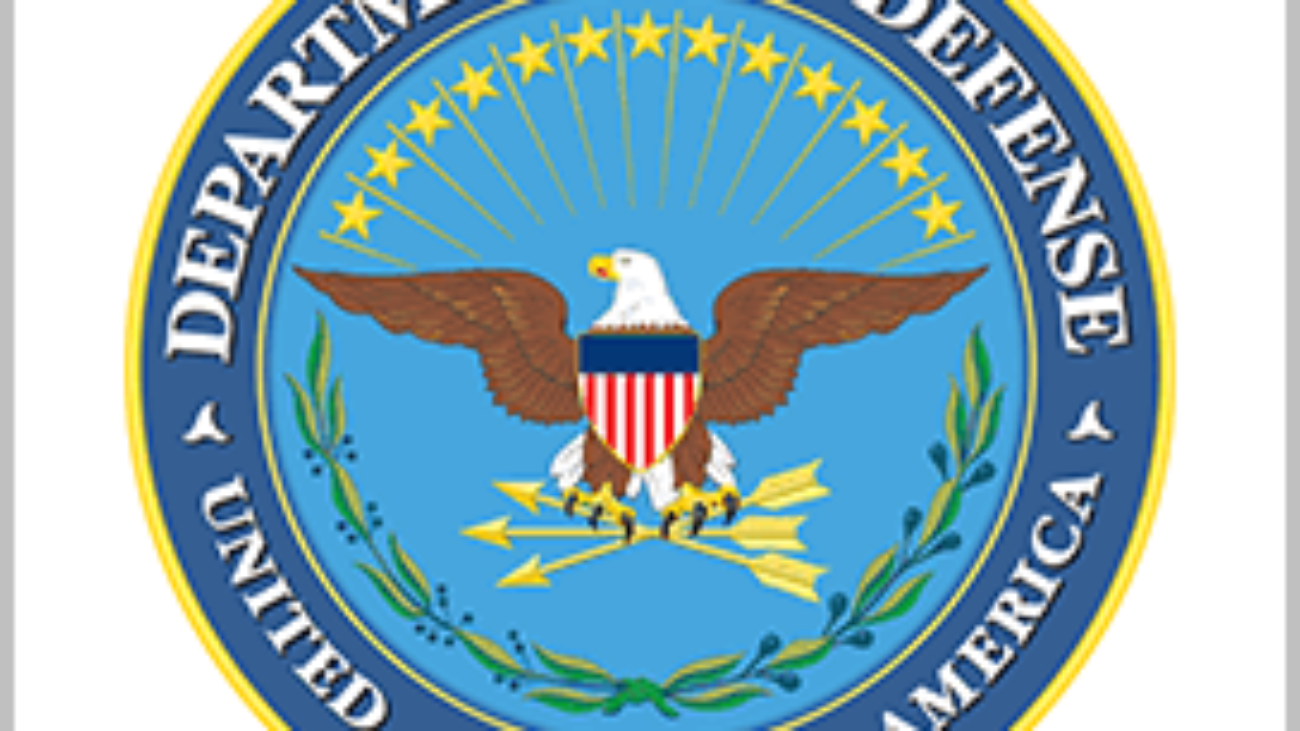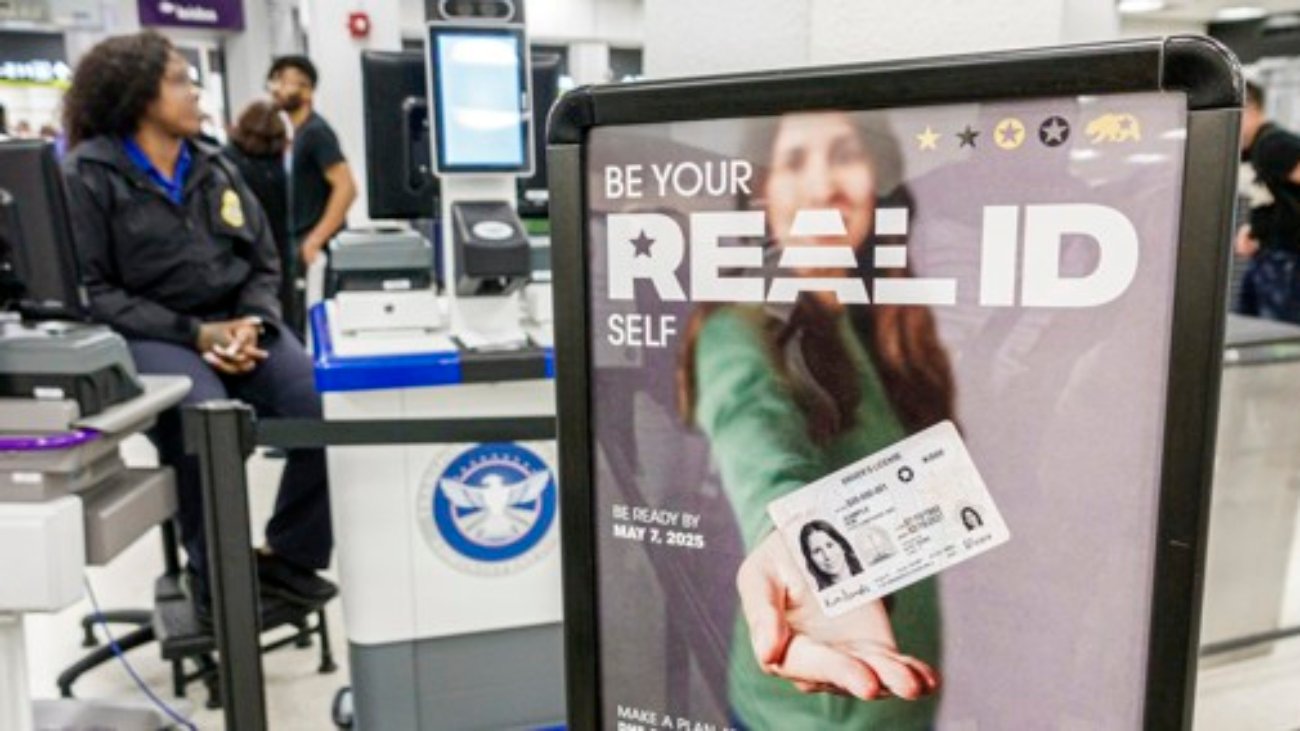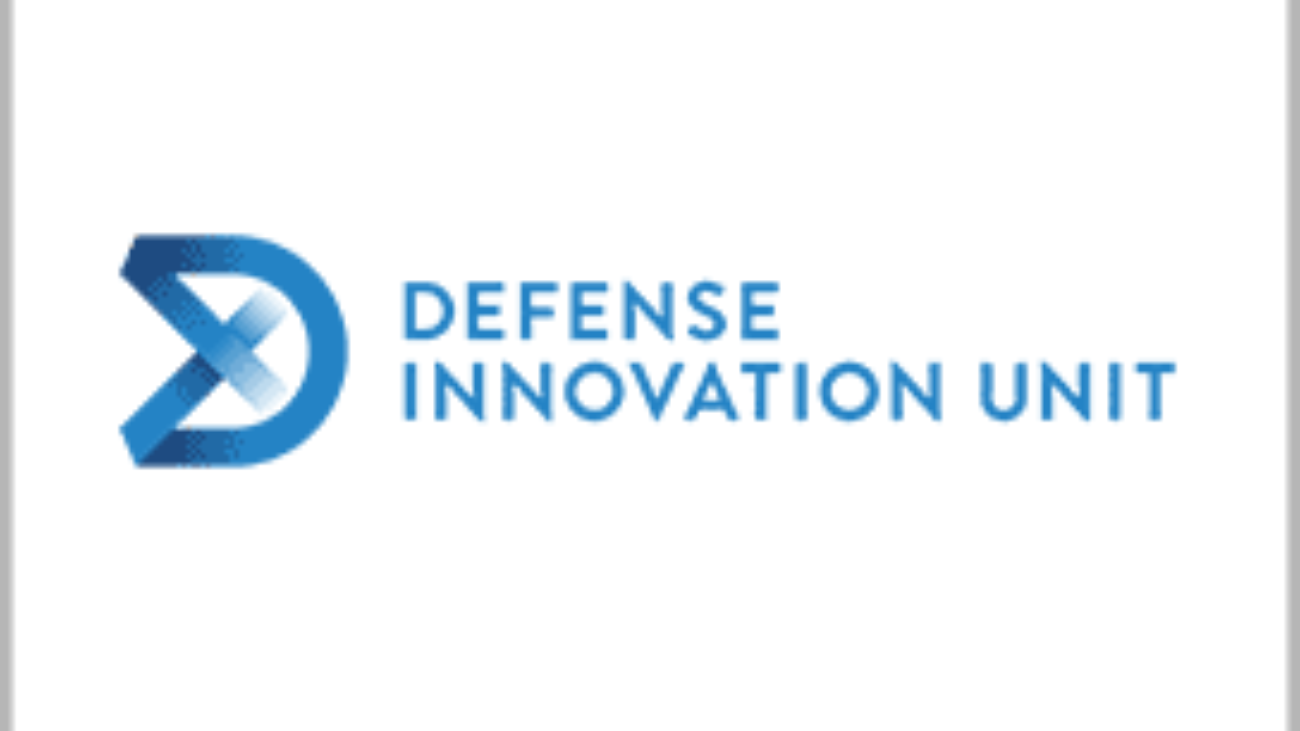With about half of its leased office space set to expire in the next five years, the General Services Administration is wagering that workspaces shared by multiple agencies could be how federal employees return to the office.
But a Government Accountability Office report published Wednesday that examined the GSA’s coworking pilot program said there needs to be better data illustrating its use and potential cost savings before it attempts to scale the practice.
After emerging from the pandemic and the emergence of telework, GSA’s Public Buildings Service conducted an initiative to tackle the twin goals of developing new workspace configurations to accommodate the future of work and helping reduce the footprint of federal real property.
As part of that initiative in July 2023, GSA launched a pilot program consisting of six coworking locations nationwide that could serve all federal employees and similar coworking spaces in its own Workplace Innovation Lab at its Washington, D.C. headquarters.
GSA officials tailored the coworking spaces around agencies’ needs and other factors like transit access, building amenities, ease of use and privacy and security and continued to engage them to further modify the spaces as needed.
Because of those efforts, GAO said that GSA properly designed the pilot around some of the leading practices it defines for success. However, the watchdog noted that for GSA hasn’t fully developed practices that would allow the pilot to further scale and track potential cost savings gains.
While GSA does collect use and user satisfaction data on the coworking sites through surveys, officials told GAO that the data may not accurately capture the extent of the site’s usage.
“Specifically, GSA officials told us they may be missing data on some users because GSA relies on users to scan a quick response (QR) code to check in to the space when they arrive, and not all users do so,” the report said. “GSA officials told us that while GSA staff at the coworking spaces try to manually enter information for users who have not scanned the QR code so they receive the satisfaction survey, GSA may still not be identifying all users.”
Between May 17, 2023, and Aug. 1, 2024, GSA counted “at least 924 users, from 59 federal entities, have visited federal coworking spaces at least 1,839 times,” but said there could be more unaccounted users because they may not check in with the QR code.
While GSA officials said they planned to roll out a new reservation system that would automate the booking of coworking space, users may still not check in to it when they arrive.
The other challenge facing the program is that GSA officials have yet to develop a system to inform how they may scale it beyond the pilot stage to new locations.
GSA told GAO factors like agency interest could lead it to open new coworking spaces, but the watchdog noted that the agency hasn’t defined a metric to illustrate what adequate interest would be or what factors would result in closing an existing location.
“More broadly, while the pilot thus far has focused on gathering input from coworking space users, GSA has not developed scalability criteria that would enable it to assess whether a coworking service would succeed in a broader, non-pilot setting,” the report said.
GAO pointed out that while GSA currently doesn’t charge for the use of a coworking site, to scale the program, it would plan to in the future. That would require formal policies from participating agencies on coworking space use, which GSA has yet to evaluate.
Agency officials told the GAO that hadn’t developed the scalability criteria because they were still focusing on coworking input and cost analysis of running the spaces, but planned to once they understood the cost targets and potential agency appetite for the spaces.
However, GAO said it would better serve GSA to weigh scalability now to better ensure success.
“Establishing scalability criteria early in the pilot program, rather than waiting until decisions regarding pricing are complete, will better position GSA to ensure it is gathering the information needed to inform sound decisions moving forward,” the report said. “Moreover, developing well-defined scalability criteria that provide evidence to inform decisions on whether to integrate pilot activities into federal space planning would better position GSA to develop strong, defensible conclusions regarding the future of the pilot.”
Finally, while GSA has targeted cost and space savings as a long-term goal of its coworking plans, and has identified potential challenges, it doesn’t yet have a system in place to track cost savings.
GSA officials said no system is currently in place because they didn’t expect agencies to make long-term coworking commitments while still in the pilot stage of the program, but planned to ultimately use lease cost avoidance methodology and lessons learned to develop such a system in the future.
GAO offered three recommendations, including that GSA improve its usage data, develop criteria to inform scalability and a system to track potential cost and space savings. GSA officials concurred with the recommendations and said they would create plans to implement them.












